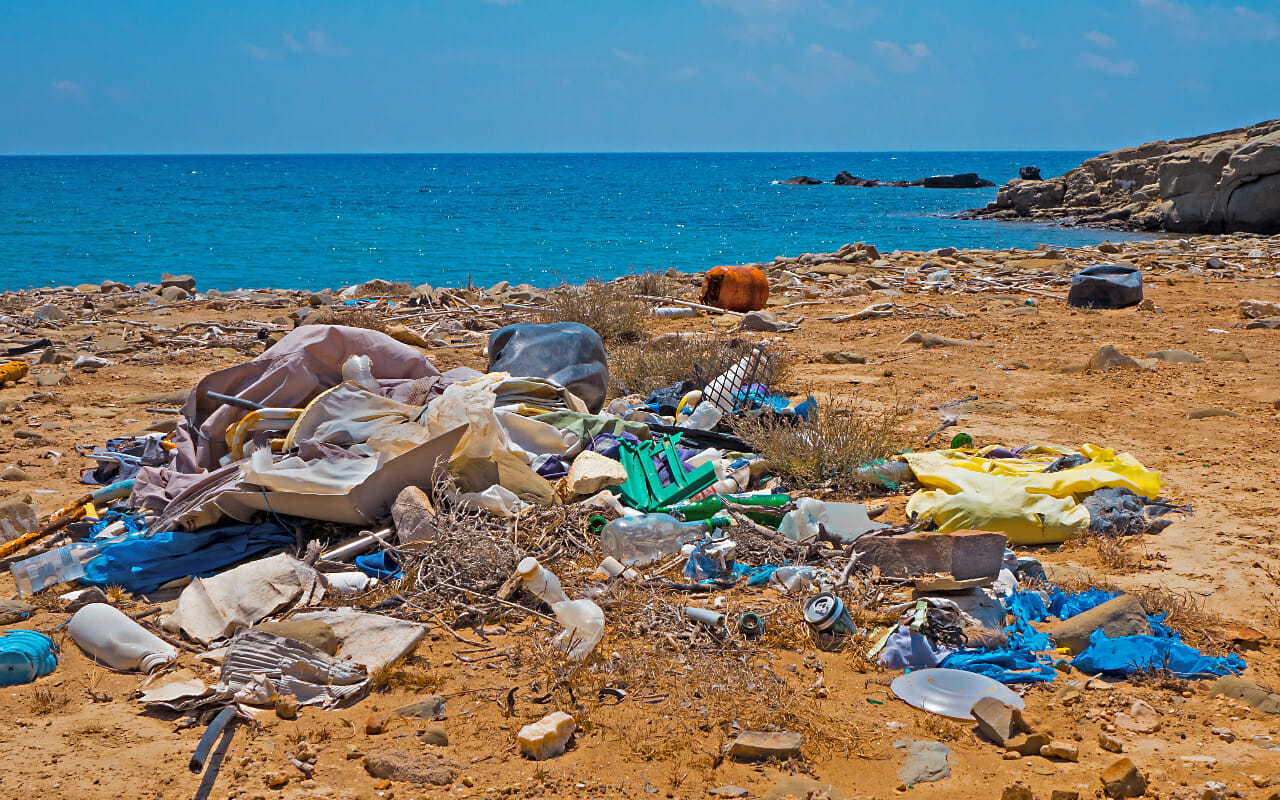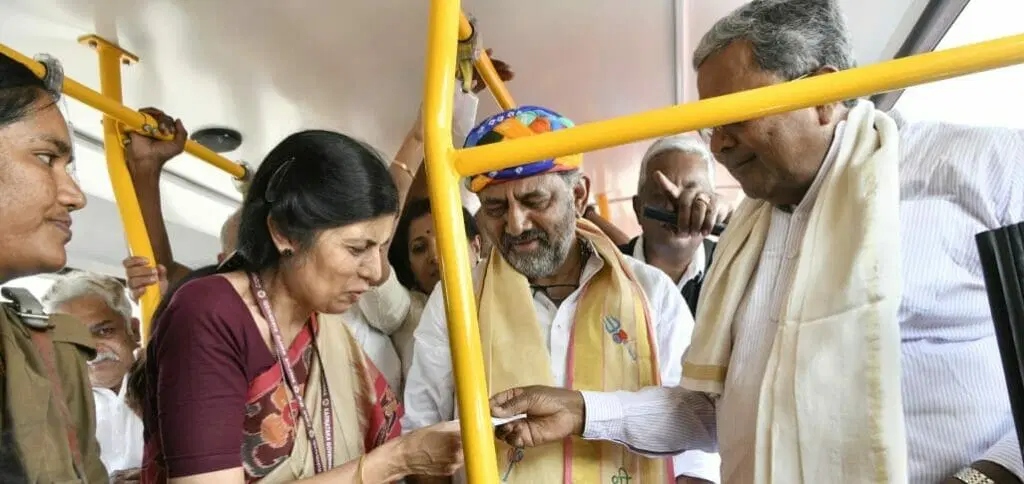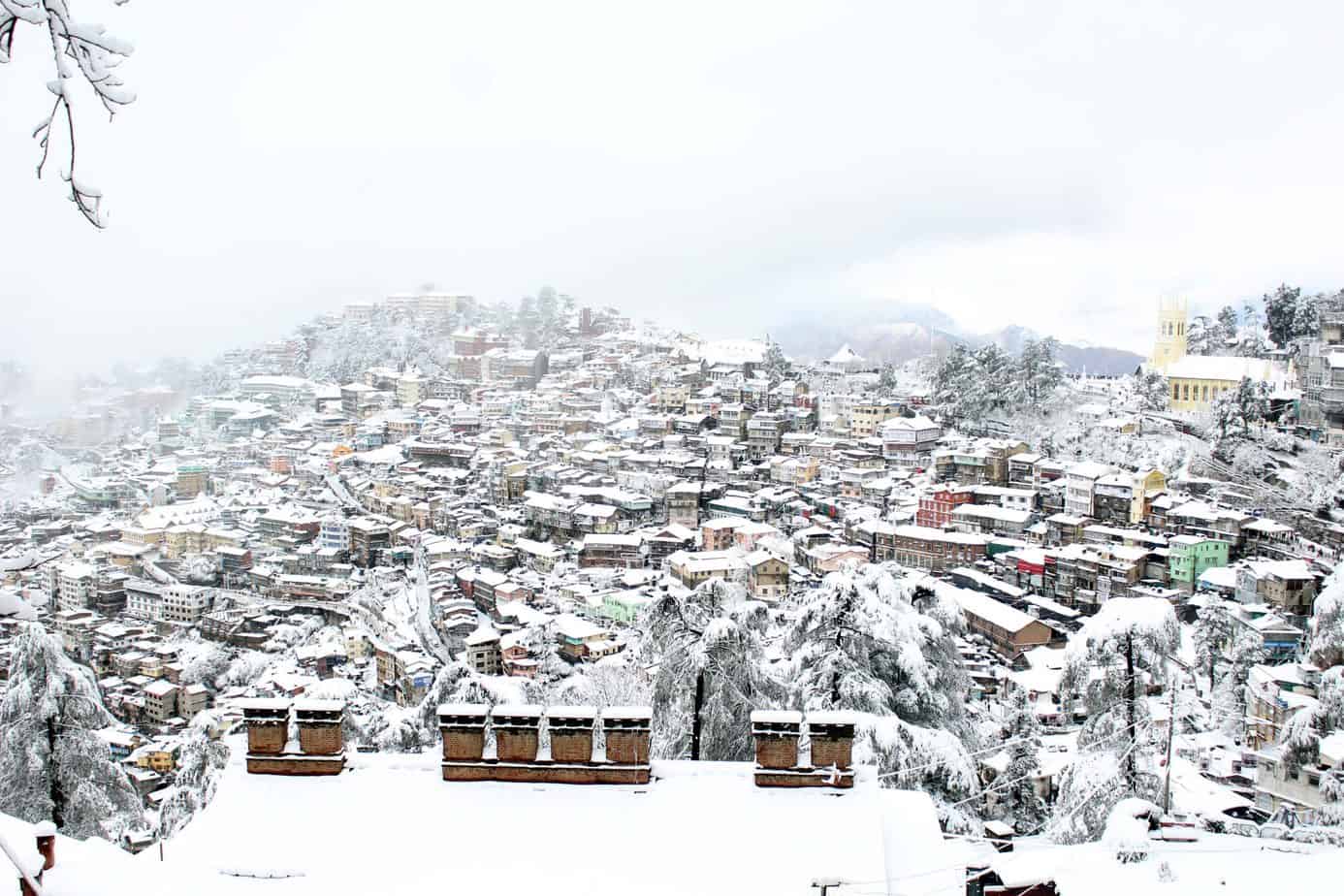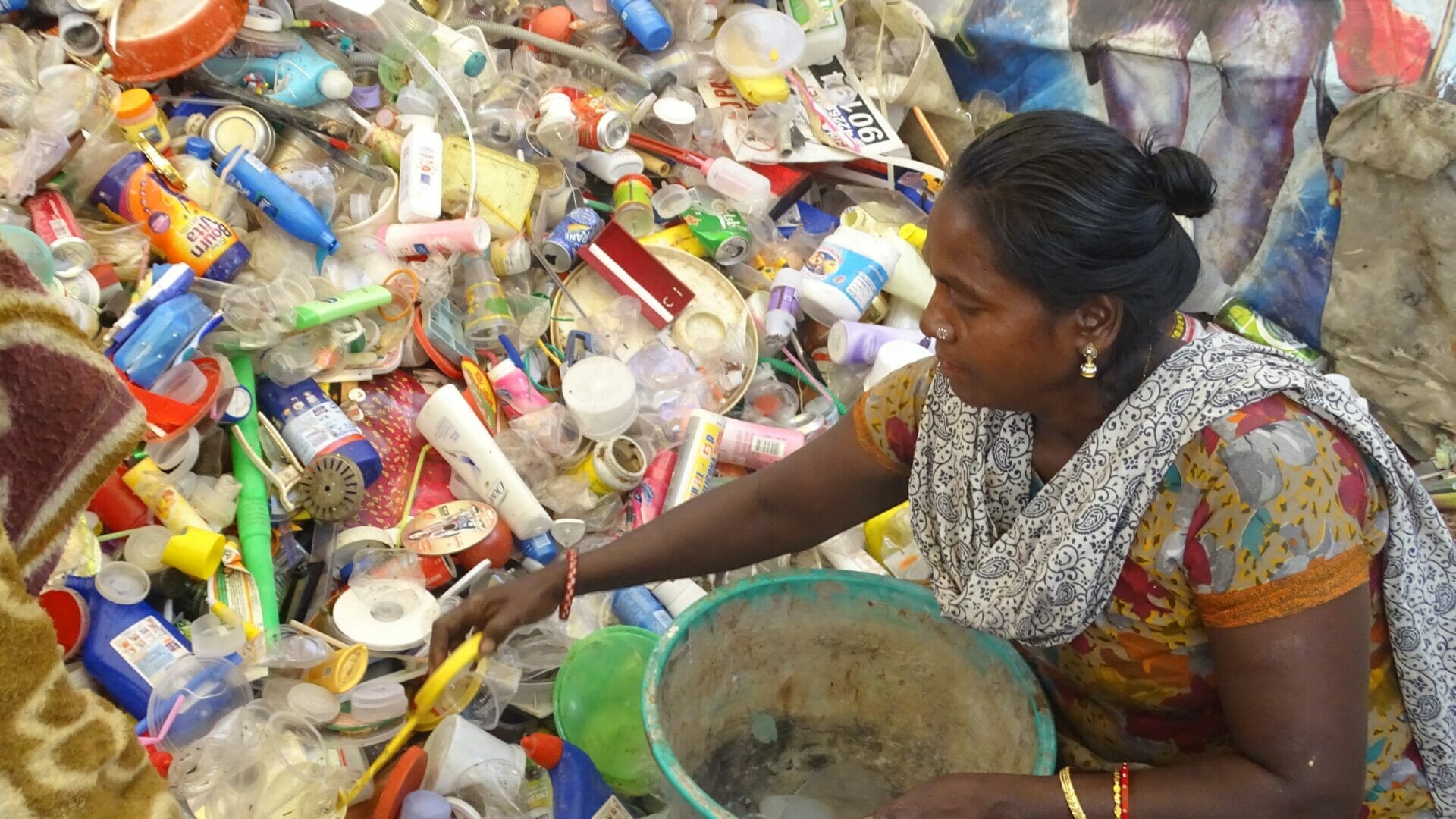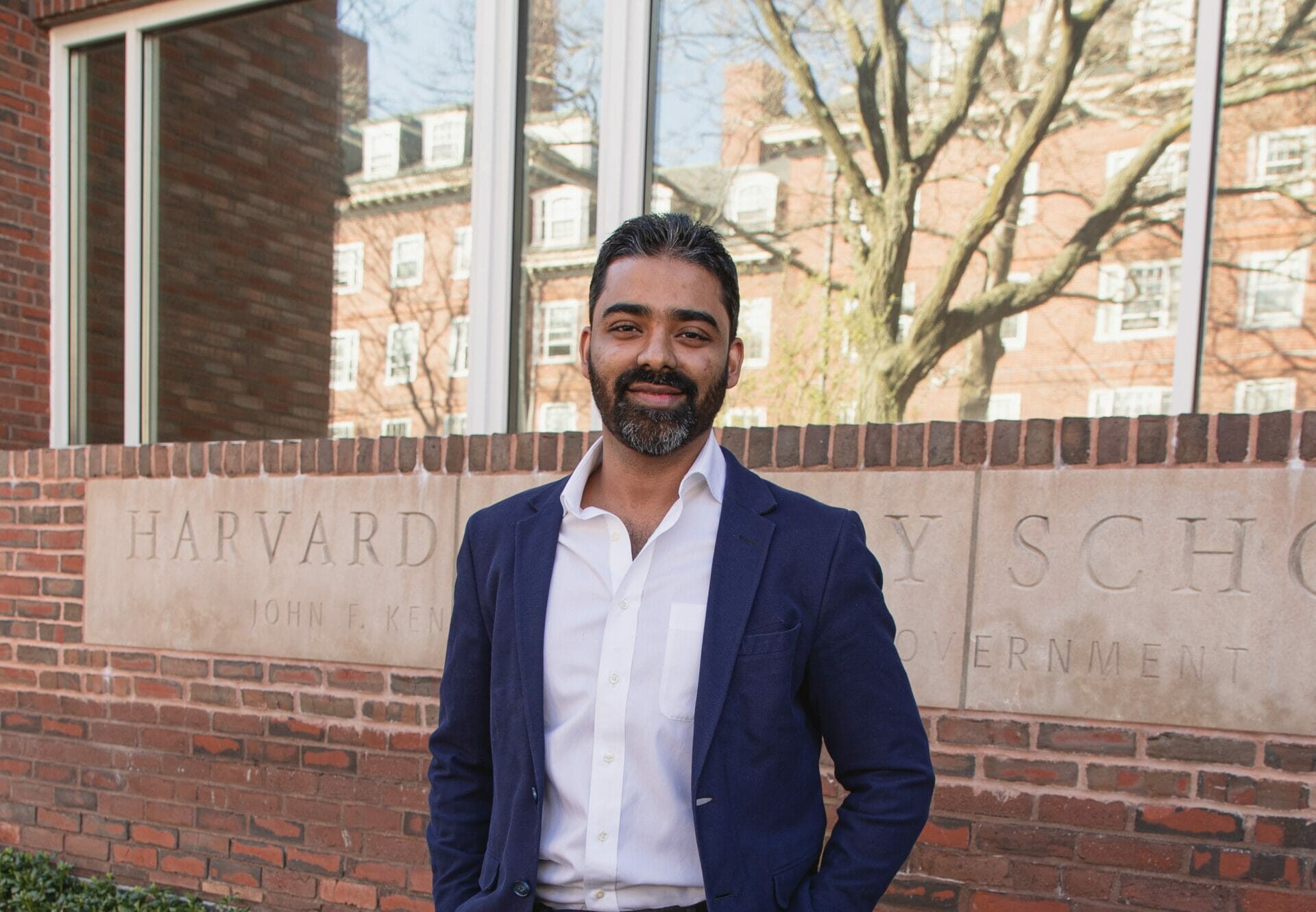I have been living, eating, breathing, and sleeping plastics. And I am not saying this, as a campaigner or as an anti plastic advocate, or because I have been following the discussions of the #GlobalPlasticTreaty. I am saying this literally. “We all are”. The latest pointer to the all pervasiveness of plastic pollution being the discovery of microplastics in human blood. There have been other studies that have shown plastic ingestion by fish and other marine mammals, by insects and birds, apart from studies that plastic is in our water and food.
So, how much more proof do we need? Do we stay complicit, for the sake of convenience, and for want of the familiar and comfortable, so that we don’t disrupt the status quo? How long will we continue our selective listening and delusion, that plastics are only a problem of improper waste management, the problem of litter and the problem of irresponsible consumer behaviour. All that is no doubt true, but there is more, isn’t it?
At the close of the 2nd session of the Intergovernmental Negotiating Committee (INC-2) in Paris on 2nd June 2023, the INC Chair Gustavo Meza-Cuadra ended the meeting by quoting French author Victor Hugo: “It is sad to think that nature speaks and that human mind doesn’t listen”.
The statement is a reminder that we have to listen to the problem that is linked to the triple planetary crisis of pollution, climate crisis and biodiversity loss. And we must act accordingly, without being distracted or lulled into a false sense of security. Looking at quick fixes and temporary solutions is not going to change anything. We must look at addressing the problem at the root cause.
Cards on the Table
In true Agatha Christie style, let’s look at all the cards on the table.
First up, consumers. Way back in the 1950s, Coca Cola and other industries, including National Association of Manufacturers had launched an informational campaign titled “Packages don’t litter, people do”, through a non profit called Keep America Beautiful. Here’s a link to the much talked about commercial on “people start pollution, people can stop pollution”. This campaign was designed to do away with the threat of throwaway bottle ban in the US State of Vermont.

From then on, the narrative shifted to individuals who were not doing their bit, in addressing the problems of piling plastics. And so enough funds poured into Anti Litter Campaigns, tugging on the moral compass of people who were alarmed by the garbage. Many governments and organisations jumped on the bandwagon, some examples include The Great Plastic Pick up in the UK and India’s own ‘Swachh Sagar, Surakshit Sagar,’ the first-of-its-kind and longest running coastal cleanup campaign. In Australia, McDonald’s is a founding partner of Clean Up Australia Day and has been on a journey to clean up local communities for over 30 years, because they are conscious of the rubbish generated from fast food and takeaway.
But the more we clean, the more trash keeps getting generated. For how long can we be doing this? It’s like a situation, where you are in a flooded room, trying to drain out the water, without fixing the leaking pipe, that continues to thwart your effort. There is no denying the importance of responsible consumer behaviour, but that is only part of the solution in the larger schemes of things.
But attention shifts back to the recycling campaign, with a focus on more individual actions – more focus on practising the act of putting things in the right bins.
“…The truth is we cannot recycle our way out of this mess. Recycling infrastructure is unable to cope with today’s volumes. Waterfalls of virgin plastic are cascading into the system at one end. Our recycling systems are akin to running around with pots at the other end, catching only a fraction of this torrent to put back into the system. Simply investing in bigger pots and more people to carry them will not fix the problem”.
— Inger Anderson, Executive Director, United Nations Environment Program, at the opening plenary of the second meeting of the Intergovernmental Negotiating Committee (INC).
Are bans a solution?
In 2018, the UNEP put out a report Single-use plastics: A roadmap for Sustainability, that stated “Plastic bag bans, if properly planned and enforced, can effectively counter one of the causes of plastic overuse”. In India, we have had more than 25 states banning single use plastics, with the first state being Himachal Pradesh in 1999.
In 2021, the Central government banned certain single use products. Following which the Central Pollution Control Board issued a number of guidelines to operationalise the same. Yet we are failing. Why? The simple answer is the failure to regulate plastic through its lifecycle from production, manufacturing, distribution, trade, use and finally disposal.
Second, partial bans, based on thickness or even cost imposed on the bags, again fail to address the problem holistically. Thirdly, most of these bans (except Karnataka), have loopholes by way of introducing “compostable or biodegradable bags or products”, not only creating more confusion, but further compounding the problem, as there is no mechanism to collect them back, or authenticate credibility.
Read more: How and what to communicate for successful bans on single use plastics
Can EPR magically fix the problem?
Extended Producer Responsibility, or EPR, is touted as the holy grail, but like the metaphor it is an unattainable goal. EPR was introduced in 2011, as part of the Plastic Waste Management and Handling Rules. After 11 years, we had the EPR Policy Guidelines, as part of the PWM Rules, 2016 amended in 2022, yet we are barely scratching the surface.
The problem also lies in the fact that we haven’t thought through operationalising EPR through the principle that the polluter (the corporate producer) must pay for damages caused. Their liability should take into account all the actual costs of producing plastics, including the impacts on health, climate, biodiversity, across the lifecycle.
Another element in the EPR guidelines is the power to offset their targets for plastic waste collection. This implies that if a company/ brand fails to meet their targets, they can pay another company that has exceeded their quota of collection of plastic waste, and claim credits. To simplify it further, plastic offsetting allows plastic pollution to continue in one location as long as it is offset by reductions somewhere else.
A position paper by GAIA further states that the provision of offsetting fails to consider the impact of different types of plastics, and provides no safeguards against direct negative impacts from offset projects — for example, when the collected plastics are disposed of in open dumps, burned in cement kilns or in different types of incinerators, or used for buildings, roads and furniture, further exacerbating the health risk for local communities.
And most importantly, it does not incentivise reduction in the true sense. A lesson that we haven’t learnt after 30 years of the carbon markets.
Many important elements within the system are also missing – for instance, while there are reuse targets in the EPR guidelines, how does one go about making reuse a reality beyond? What are the policy, regulatory mechanisms in place?
Second, the power to put in a place for collection rests with the corporations, including importers and manufacturers, giving them monopolistic powers to once again create a new narrative that talks of the wonderful job that they are doing. This is communicated through flashy advertisements, advertorials and paid media articles, that also often coopt the language advocated by non governmental organisations.
What it basically implies is that producers will put in place infrastructure or mechanisms to collect plastic waste. However, the financial implication is unknown. For example, what happens if the local municipality provides land and buildings, which essentially boils down to funding it all through the use of public money?

Other uncertainties abound. How will wastepickers be integrated in the system? Will they be paid employees or will they be recognised as individual entrepreneurs? Will payments be made at market rates? How will the waste be then processed? How will the data be made public of what materials ( types of plastic waste) have been collected at these centres?
Read more: Managing plastic packaging waste: Why the draft EPR rules are likely to fall short
And what happens next? So, will it all go towards promotion of new technologies like advanced recycling/ chemical recycling such as waste to energy plants; if so, at what cost? Will it again be funded by public subsidies, to clean up the mess created in the first place, as these are complex, energy intensive large scale processes. An example of such tall claims is Unilever’s failed experiment in chemical recycling of sachet waste in Indonesia.
What is then the solution, if all these only fit part of a jigsaw puzzle?
This year’s World Environment day brings the spotlight on plastic pollution again, with its 2018 theme, “Beat Plastic Pollution”, with a key focus on solutions to plastic pollution. As long as we concentrate only on the downstream aspect of the plastic pollution problem, we can never really solve the problem. We must look at this from the upstream aspect of plastic production and imports.
We cannot allow for dual stands by the government, of banning select single use products and promoting the plastic industry. Swathi Seshadri, the Director (Programs) and Team Lead (Oil and Gas) at the Centre for Financial Accountability, rightly summed up in an article in Scroll, “As long as India aspires to be a regional hub for petrochemical production with an eye on foreign exchange to be earned from exports, we can truly never achieve a solution to beat plastic pollution”.
So, as consumers, we must demand reduction in plastic production, as the first step, a plea made by Madhuvanthi Rajkumar, Researcher at Citizen Consumer and Civic Action Group at INC 2. “It is unfair to place the burden solely on consumers to fix a broken system through recycling efforts. We must recognise that ending plastic pollution requires internationally agreed rules, implemented by governments, actioned by businesses and supported by others”.
Another element that cannot be underscored as we look for solutions, is just transitions for waste pickers and other informal waste workers in the plastic recycling value chain.
